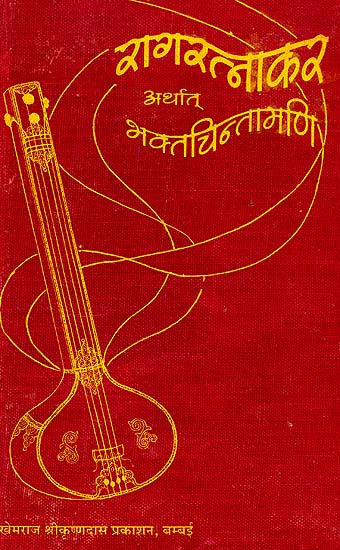

We can further trace this state from India westwards to the Christian mystics like Dionysios, the Areopagite (8 th century), and Eckhart of Hohenheim (12 th century), who both spoke of God as divine darkness, a state beyond the intellect that cannot be known. We can also neatly trace this type of experience in the Hindu school of Advaita Vedanta, where the nirguna Brahman (formless Absolute) is the only true reality, whereas the world is seen as an illusion ( maya), superimposed onto consciousness like a mirage. This is obviously the experience behind the Buddhist concepts of nirvana (a term denoting the extinguishing of a flame) and shunyata (emptiness). Huxley essentially accepted that the true, right and perennial mystical experience, that is at the base of every revelation, is the experience of pure consciousness, of the formless absolute, of a transcendental object that is eternal, infinite, formless and quality-less.

Huxley’s idea was a very important one, but he fell behind in its execution. The term “transcendental object” here stands for what the Abrahamic religions variously called The Father, Yahweh or Allah, what Lao-tzu calls the Dao, what Buddha calls Nirvana, what Hindu tantrics call The Mother, what Lakota medicine men call the Wakan Tanka, the Great Spirit, what Indian Vaishnavites call Krishna or Rama, and what Advaita Vedantins call the nirguna Brahman, the formless Absolute.

It will create a common map of all transformative states, and in doing so, will show the entire, combined mystical traditions of humanity as the expression, or the becoming-itself, of one common transcendental object (in this text called the Divine), which expresses itself in all cultures and ages. A mystic that equally understands the ecstasies of Sufi poets, the mysteries of the Qabalah, the teachings of Daoist, Hindu and Buddhist sages, but also the shamanic and animistic teaching of the Indigenous nations. One truly at home in all traditions and has no preference for a single one. If it could be shown that Huxley’s basic idea was correct (even if his execution was simplistic), then the total combined body of the wisdom traditions of humanity could be utilized as a canon for a new type of universal mystic and spiritual practitioner. If, however, it could be shown that mystics repeatedly access the same, or very similar, phenomena, it could be extrapolated these phenomena have near-universal value and application. If mystical states were totally personal, then their cultural value would be peripheral. Importantly, if Huxley could be shown to be completely off-track, if all or every mystic was experiencing something entirely individual and personal, then the value of mysticism and the experiencing of transformative and mystical states would be largely diminished. In the wake of Huxley’s publication, a discussion arose mainly amongst academics, about the pros and cons of this so-called perennialism, with most authors coming out in support of Huxley.

By analysing the descriptions of mystics from a variety of backgrounds a clear superstructure of mysticism, the perennial philosophy, could be cognized. The differences in their description are obvious but, says Huxley, merely the result of cultural and linguistic differences. In this book, Huxley proposes that all mystics down the ages, whether Daoist, Buddhist, Hindu, Christian, Islamic or else have essentially experienced and taught the same, or at least something very similar. Perennialism is a concept explored by Aldous Huxley in his book The Perennial Philosophy. What initially started my work on this section was a discussion of the pros and cons of perennialism. This occurs when a person experiences a deeper level of reality and meaning, including feelings of delight, joy, and rapture, which informs them about the work they need to do, to truly become themselves. A mystical state is to reveal something hidden, something yet unknown so it can be integrated into life and society. A mystical state is a transformative state, a state in which new knowledge for our society is revealed. This map is a tool of navigation for the mystical terrain. The remaining four chapters of this book will integrate the findings of the first seven chapters into a systematic and cohesive philosophy and nomenclature of mysticism, a map of transformative states. This chapter is my reckoning with Aldous Huxley’s Perennial Philosophy, in which he suggests that all mystics were essentially experiencing the same even if they clothed it in different words. This is the complete Chapter 8 from my recent book Chakras, Drugs and Evolution.


 0 kommentar(er)
0 kommentar(er)
